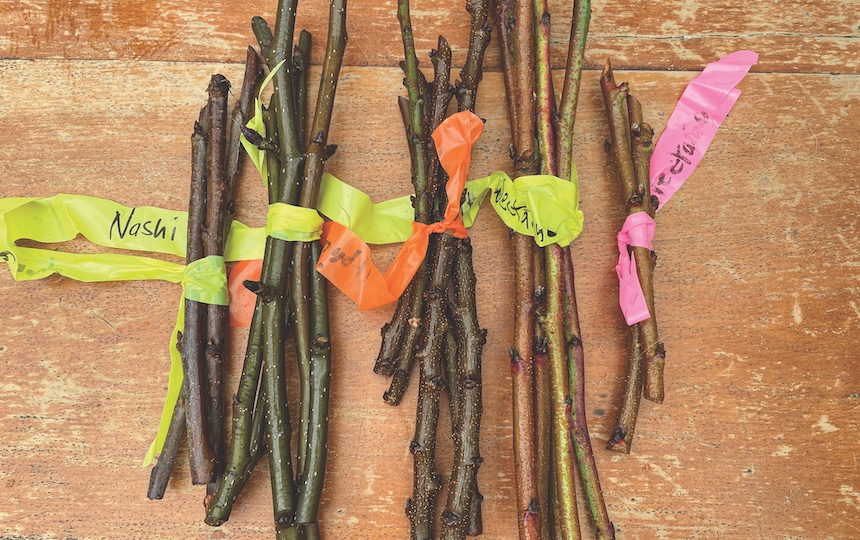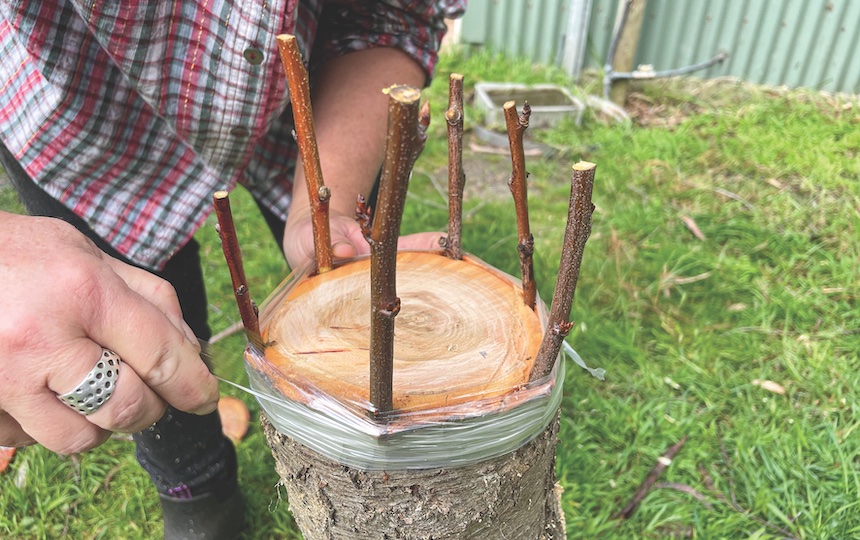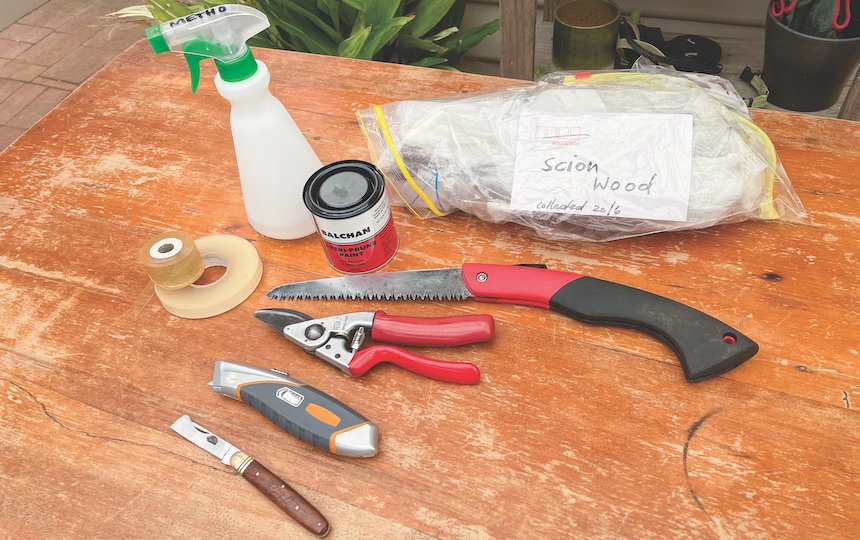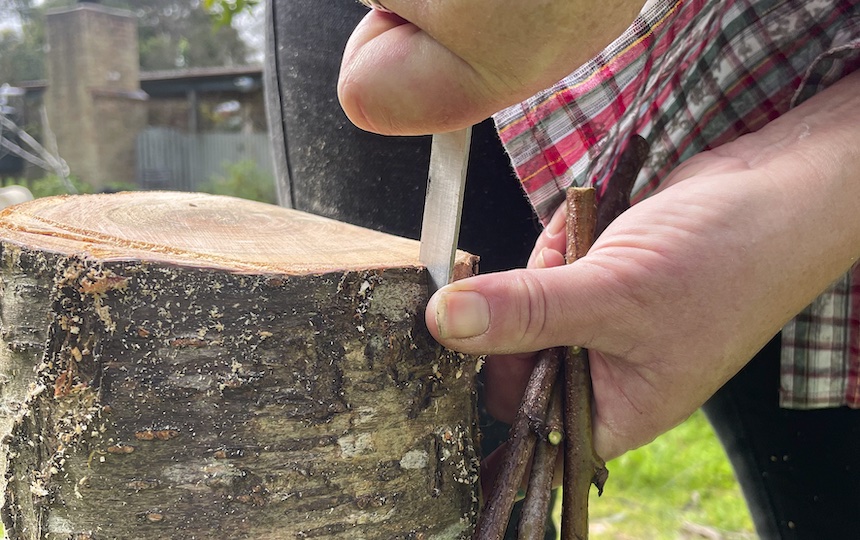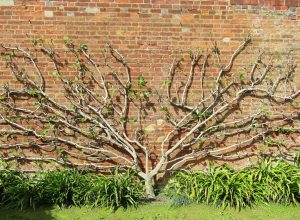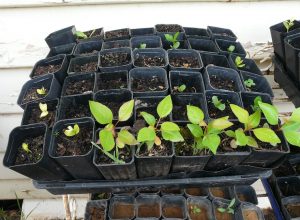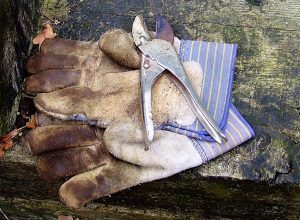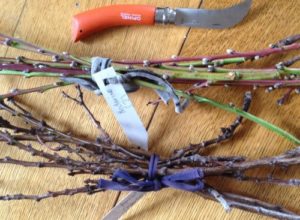We show you how to add varieties and improve pollination with our fruit tree grafting guide.
The reasons to try your hand at grafting trees are many and varied. As well as increasing the varieties of fruit you’ll be harvesting each year, you’ll be improving pollination, extending your fruiting season and creating important diversity to benefit your patch.
In simple terms, grafting trees is the art of taking cuttings from one tree and attaching it to another. If this sounds easy it’s because it actually is!
So if you’ve ever pondered grafting a few new varieties of apples or plums onto an existing fruit tree, or enjoyed a variety of peach or pear from a friend’s harvest and wished you could have a tree just like it, then grafting is definitely worth a shot.
With the plethora of grafting techniques out there, it’s easy to become overwhelmed with what type of graft you should use. One of the simplest and most versatile grafts is a basic bark graft. A way to either completely change over a young tree of around four or five years or to add a few different varieties to an older tree by grafting into existing branches, bark grafting is a handy technique to know.
And you’ll become completely hooked on just how many varieties you can graft onto a single tree.
Grafting trees with scion wood
For a good compatibility, you will need to match your bud wood, called scion wood, with a parent tree of the same genus. By sticking to the same genus, rather than the same family, your grafts should be accepted by the parent tree as one of their own. For example, apples (Malus domestica), pears (Pyrus communis) and quince (Cydonia oblonga) all may be in the pome family, but all three are in a different genus so may struggle if grafted onto each other.
Apricots (Prunus ameniaca), plums (Prunus domestica), almonds (Prunus dulcet) and peaches and nectarines (Prunus persica), however, are in the Prunus genus and so are usually accepted onto a parent tree within the same genus – the answers lie in the botanical names.
An interesting exception is the common hawthorn (Crataegus monogyna) as this thorny old hedging tree will accept grafts of pear, quince and even medlar as its own. Hawthorn is considered a weed in many states so grafting it over to a new variety could be a good way of dealing with a prickly problem.
What you’ll need when grafting trees
- As well as your scion wood, you’ll need:
- A pruning saw
- Sharp secateurs
- A grafting knife
- Grafting tape
- Wound-dressing paint.
If you don’t have a grafting knife, a box cutter with a new blade will do the trick, and some people prefer to use electrical tape instead of grafting tape because it’s more likely to become loose on its own accord and not strangle the graft.
Likewise, a plastic bag covering the graft can be just as effective as wound-dressing paint in stopping the graft from drying out or filling up with water during heavy rain. You will need to make sure that all equipment is sterilised well.
Want to know more about grafting trees?
The process of grafting fruit trees is actually very straightforward. In Issue #28 of Pip Magazine, we bring you our full comprehensive fruit tree grafting guide, which also includes:
- Tips on sourcing your scion wood.
- The best time to graft trees.
- How to bark graft.
You can access this article online here as part of our digital subscription offering, or subscribe to the print version of Pip Magazine here.

